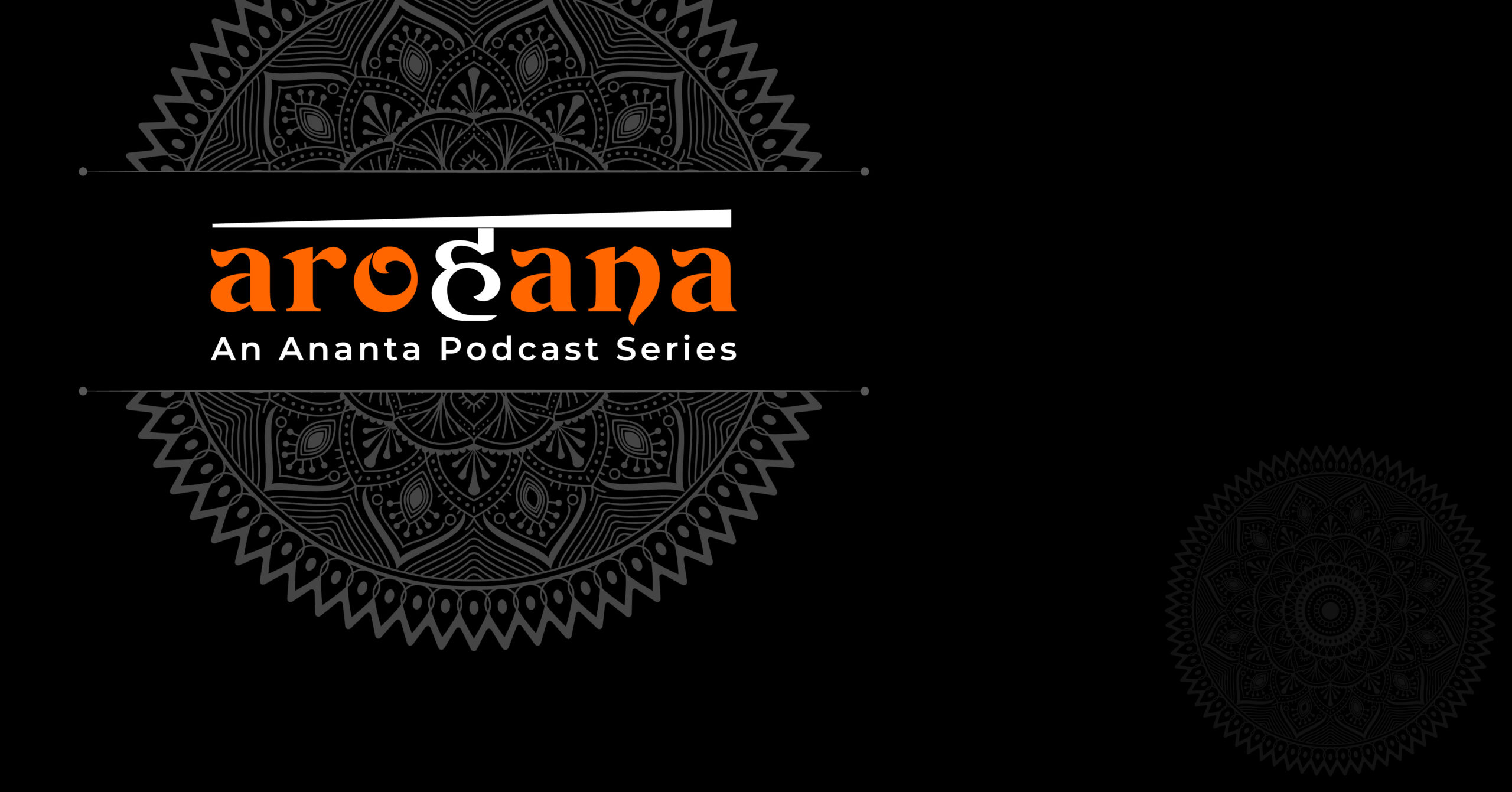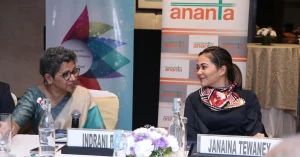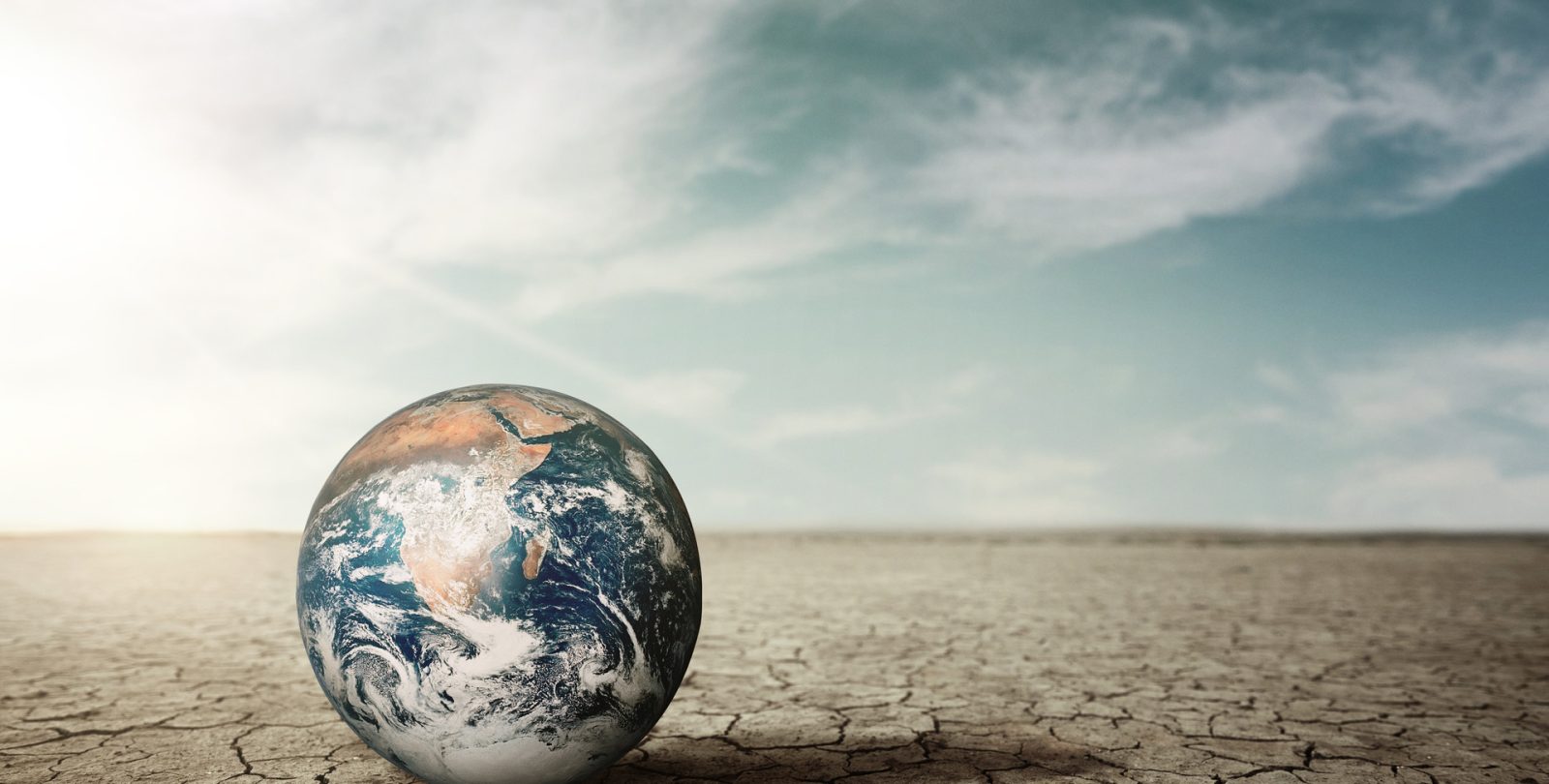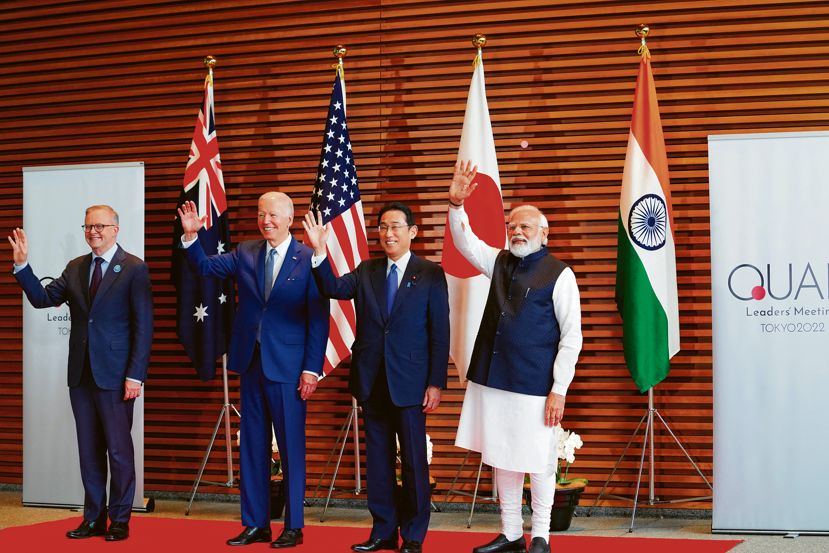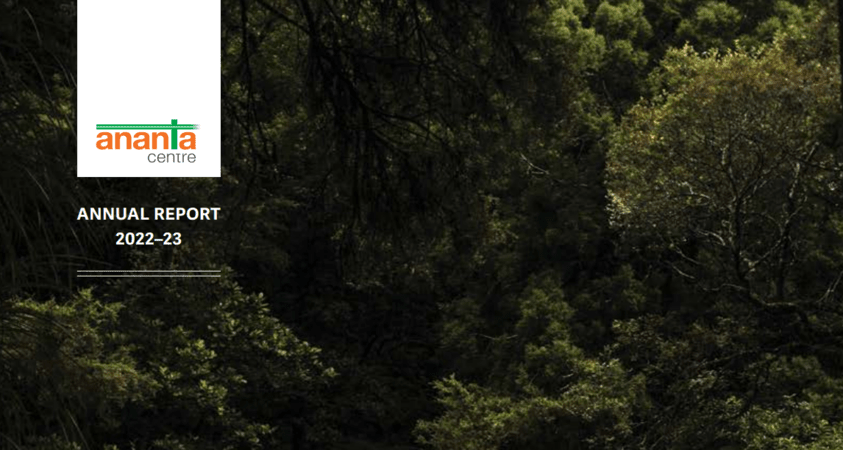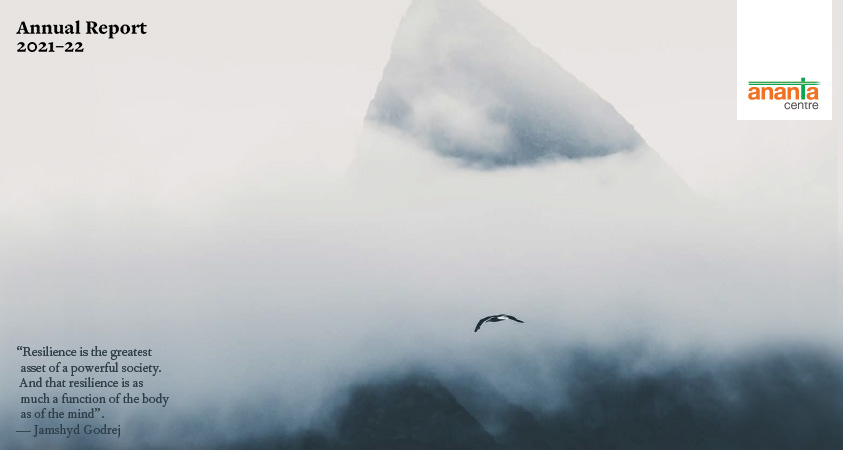HIGHLIGHTS
● Overview 2021
● Political Developments
● Economic Developments
● Focus India-LAC
Overview 2021
The most notable event across Latin America & the Caribbean (LAC) was undoubtedly the continuing devastation caused by the COVID 19 pandemic. A study by the UN in October estimated the region lost 1.5 million lives and had more than 44 million confirmed cases since February 2020. This accounts for nearly 20 percent of confirmed cases of COVID-19 and about 30 percent of deaths worldwide, over only 8.4 percent of the world’s population. The political and economic effects were severe: governments grappled with angry public reaction to restrictions and blame for non-availability of vaccines, etc. All over the region there was a dilution of governance in favour of quick fix political solution even as protests founded on social and economic demands grew and impacted politics. Left-wing politicians won elections and/or consolidated power (Chile, Peru, Nicaragua, Bolivia, Honduras). Right-wing and/or populist leaders held on (El Salvador, Venezuela, Mexico).
Economically the UN expects GDP growth around 6 percent in 2021 – after a 7 percent decline in 2020, with wide variations depending on the country – and around 4 percent in 2022. The outlook is gloomy due to the global scenario of inflation, combined with lower price outlook for most commodities. Rising interest rates will dilute the expansionary policies necessary to combat unemployment and poverty. All this is complicated by structural factors such as high debt, low savings and productivity. Poverty and insecurity were aggravated by the prevalence of narco-cartels and organised crime gangs profiting from weak security control and human trafficking. There were massive flows of migrants and refugees from central America, Cuba, Haiti and Venezuela seeking entry into the US. The eastern Caribbean radiates some hope with extensive hydrocarbon discoveries and exploitation in offshore Guyana, Suriname and Barbados.
In terms of global engagement, LAC enters a period of uncertainty. Regional organisations like UNASUR have crumbled, CELAC is in disarray and even customs unions like Mercosur are struggling to stay relevant. Following leftist victories in Chile, Peru, Bolivia, Honduras, Brazil and Colombia could also see leftist candidates win the presidency in 2022. There is increasing economic reliance on China, and only tentative rapprochement with the Biden administration on issues like trade, environment, etc. The US suffers from a wide gap in priorities with most LAC countries: domestic demands are for a tougher line on immigration, organised crime, human rights, etc. China’s inexorable campaign to woo governments with cash, construction and commitment showed results despite reports of failed projects, indebtedness, etc. Right-wing governments (Colombia) are signing up to the BRI and China remains the largest trading partner of Chile, Brazil and others. The left stands consolidated and even more assertive, with Russian political and military backing in some cases. G20 members Mexico, Brazil and Argentina have differing priorities and are absorbed with domestic issues or their near-abroad. There is hope, after small efforts in health, immigration, etc. that regional integration and coordination will help overcome major challenges such as illegal and forced immigration, COVID and the environment.
India’s engagement with LAC improved somewhat in the year past, with more high-level visits and diplomatic exchanges through foreign office consultations. In 2022 Indian embassies will open in the Dominican Republic and Paraguay, now covered from Cuba and Argentina respectively. Concrete political and economic results may be slow in coming, at least till economic recovery takes hold. Given that region’s low propensity to realise value in its international relations, much will depend upon whether the Indian establishment can translate goodwill into worthwhile initiatives.
Political Developments
Chile’s presidential election saw 35-year old Gabriel Boric, from the left-wing “Apruebo Dignidad” (Approve Dignity) coalition defeat Jose Antonio Kast from the far-right Republican Party, in the second round on December 19 by an ample margin of 56-44 percent. A relatively conservative establishment that ran Chile for three decades, since the end of the Pinochet dictatorship in 1990, did not manage to pull in sufficient votes from those worried about the recent violence protesting inequality, lack of public services and general economic insecurity. Both candidates were relatively unknown till the election. Though the centre-left has been in power recently, and President Michelle Bachelet (2006-10 and 2014-18) even included the Communist Party in her second coalition, Chile’s political economy has been skewed against the lower strata. Public resentment broke out violently in 2019. The government admitted all was not well and a Constituent Assembly currently debates a new draft which is expected to radically alter Chile’s political orientation. It is this spectre that enabled the right to make a comeback in the first round of polling, despite the low ratings of outgoing conservative President Sebastian Pinera.
Boric’s radical rhetoric contributed to his first-round loss, but he then garnered votes from other first-round candidates, reflecting widespread disenchantment with the ‘business as usual’ establishment, as well as endorsements of former centre-left presidents Ricardo Lagos and Michelle Bachelet. His victory came on the back of the highest voter turnout (55.6 percent) since compulsory voting was abolished in 2012. Boric’s own ‘Frente Amplio’ (Broad Front) coalition – which is in alliance with the Communist Party – was formed out of the student protests in 2011. With only 6 seats in the 50-member Senate and 37 in the 155-member Lower House, it will have to navigate a highly polarised environment and a constitutional vote in 2022. Notwithstanding the polarisation, the immediate acceptance of defeat by the right established Chile’s impeccable democratic credentials. Boric has also revealed his centrist leanings, criticising Nicaragua’s sham elections, Venezuela’s human rights abuses and Cuba’s suppression of recent peaceful protests. Chile is the most prosperous political economy in Latin America, a member of the OECD. By 2021 its 26 trade agreements covered 65 markets (including India), with 88 percent of the world’s GDP.
Nicaragua’s elections on 7 November predictably gave Daniel Ortega a mandate for a fourth term, with around 76 percent of the vote. His wife Rosario Murillo continues as his Vice President. The elections were widely condemned by the international community as a sham, after several leading opposition candidates were jailed over the past few months or fled into exile. While most Latin American countries condemned the election results and called for the freeing of political prisoners, Venezuela, Cuba and Bolivia (along with Russia), welcomed the results. Some others – Mexico, Guatemala and Argentina – were ambivalent, respecting “the tradition of non-interference,” in the words of Argentina. At the Assembly of Foreign Ministers of the Organisation of American States, 25 governments declared the elections illegitimate, with seven abstentions and Nicaragua voting against. The resolution mandates the Permanent Council of the OAS to send a mission to evaluate the situation in Nicaragua. Soon after, Nicaragua announced it was leaving the OAS! The US also plans to pressure multilateral loan agencies to stop lending to Nicaragua and may expel Nicaragua from the Central America Free Trade Agreement (CAFTA), involving the US and 7 central American countries, though this may not have the desired effect on the Ortega regime.
Soon after the election Ortega announced that Nicaragua was switching diplomatic recognition from Taiwan to China. One of 6 nations in the region that recognised Taiwan, Nicaragua under Ortega had switched to China in 1985, but this was reversed by a US-friendly President Ms Violeta Chamorro in 1991. Ortega was clearly wooed extensively enough by Taiwan to have waited this long, but analysts agree that Chinese money will easily fill the space left by Taiwan.
Honduras elected Mrs. Xiomara Castro as President on 28 November. Her Libre Party also obtained a simple majority in Congress. Castro is the representative of the left in a country wracked by corruption and political turmoil. Her husband Manuel Zelaya, elected in 2006, was ousted in a right-wing coup in 2009 and exiled. Honduras then saw a decade of political co-existence. The right took power but outgoing President Juan Orlando Hernandez stands severely discredited for trying to dismantle the institutions that could call him to account, and is wanted by the US after his brother was arrested there for drug trafficking. Castro’s election consolidates a wave of left-wing victories, but her attitude towards the private sector is conciliatory and there are positive signals from the US. Honduras is one of the few countries that still recognises Taiwan, though Castro has pledged to recognise China.
In Venezuela President Nicolas Maduro consolidated his hold on power in regional elections in November, his Socialist Unity Party (PSUV) winning 20 of the 23 governor posts and about 200 of the 335 mayoral posts. The opposition got three governorships, including the oil-rich western state of Zulia. In the municipal elections, the opposition won about a hundred mayoral posts. An EU observer delegation was present and certified the elections as reasonably fair, albeit with only 42 percent voting. There is hope that, after admitting two independent members into the electoral commission (out of five), Maduro may be willing to relax his grip somewhat. The opposition is fractured and their main figurehead Juan Guaido, recognised by several countries as the ‘interim’ president, boycotted the election and seems to be ceding ground to other opposition figures.
Latin America is not immune from the new Cold War between the US and China. At President Biden’s Democracy Summit on 9/10 December, all but 8 of the 33 nations in LAC were invited. The usual suspects – Cuba, Venezuela and Nicaragua – were joined by the 3 central American Northern Triangle nations – El Salvador, Honduras and Guatemala – which have been criticised for, among other reasons, not doing enough to stop illegal immigration to the US. The small, open, reasonably well-functioning economies of Costa Rica, Panama, and the Dominican Republic garnered high praise from Biden, whose administration launched with these countries an Alliance for Democratic Development. The inclusion of Brazil under President Jair Bolsonaro raised eyebrows, as did the Mexican President’s decision to have only his Ambassador in the US attend. The Summit set the stage for the ninth Summit of the Americas (an event launched in 1994) mid-2022 in the US.
A week earlier, on 3 December, most LAC Foreign Ministers participated in the Third China-CELAC (Community of Latin American and Caribbean States) Ministerial summit, addressed by President Xi Jinping. A notable absentee was Brazil, whose President Jair Bolsonaro pulled Brazil out of CELAC recently as part of his idiosyncratic foreign policy. CELAC is a pan-regional forum founded in 2011 minus the US and Canada. It carries little weight in most regional affairs, but serves as a convenient umbrella, as on this occasion. Chinese funding has seduced most Latin American countries. Even Colombia, a staunch US ally is believed to be considering joining the Belt and Road Initiative. A new joint action plan announced for the 2022-2024 period pledges cooperation in areas including infrastructure, education, and green energy, though it provides no specific financial targets. Xi did not pledge a specific level of Chinese investment in Latin America in the coming years. At the first China-CELAC forum in 2015, Xi said Chinese firms would invest $250 billion in Latin America by 2025. Between 2015 and 2020, combining announcements of new projects and purchases of Latin America firms, that total had reached around $76 billion, according to Boston University’s Global Development Policy Centre.
Economic Developments
Latin America was present at the climate conference COP26 at Glasgow in November with some absentees, notably Brazil’s President Jair Bolsonaro. Twelve Latin American countries signed on to the Global Methane Pledge to limit methane emissions by 30 percent by 2030 over 2020, and the Declaration on Forests and Land Use, to halt and reverse deforestation by 2030. The international community is sceptical, considering how deforestation increased by 9.5 percent in Brazil during the pandemic. Colombia also has seen illegal deforestation, though global greenhouse gas emissions dropped. The commitments made will test the political will of leaders in a region which is very vulnerable to climate change, and has arguably the most natural resources to protect. In the final declaration, Venezuela and Cuba supported India’s push to reword the ‘phase-out’ of coal as ‘phasing-down’.
At COP26 Colombia, Costa Rica, Ecuador and Panama launched a new marine protected area called the Eastern Tropical Pacific Marine Corridor, a fishing-free corridor covering more than 500,000 square kilometres of biodiverse ocean. There have been complaints of Chinese trawlers exploiting not just traditional fishery resources in the Pacific and South Atlantic, but also rare species such as seals, dolphins, sharks, stingrays, etc. The previous month at the G20 meeting in Rome, the Foreign Ministers of Argentina and China signed an agreement ‘to expand collaboration in different areas such as investment, aerospace, communications, energy and mining, the question of Antarctica and oceans’. The mention of Antarctica implies, according to analysts, the possibility of a joint logistics base in Antarctica, where China has been present since 1984, and now has 4 research stations, including one in areas claimed historically by Argentina.
Focus India LAC
Indian private sector companies are active in LAC and increasingly seeking opportunities in project contracts. In December Sterlite Power Transmission announced that it was investing Rs. 2500 million to expand its operations in two Brazilian projects. Sterlite has been active in Brazil for around a decade in this sector. Also active are other private sector players: KEC, KalpaTaru and Transrail Lighting Ltd. These companies have secured around $ 150 million worth of business, including supply of equipment such as transmission towers, cables, etc. as well as setting up of sub-stations, underground cable laying and other project related work. Despite scanty Lines of Credit from India’s Exim Bank, these companies have established their reputations in countries as diverse as Brazil, Colombia, Chile, Nicaragua and Suriname.
The previous issues of Latin America & Caribbean Review are available here: LINK
………………………………………………………………………………………………




